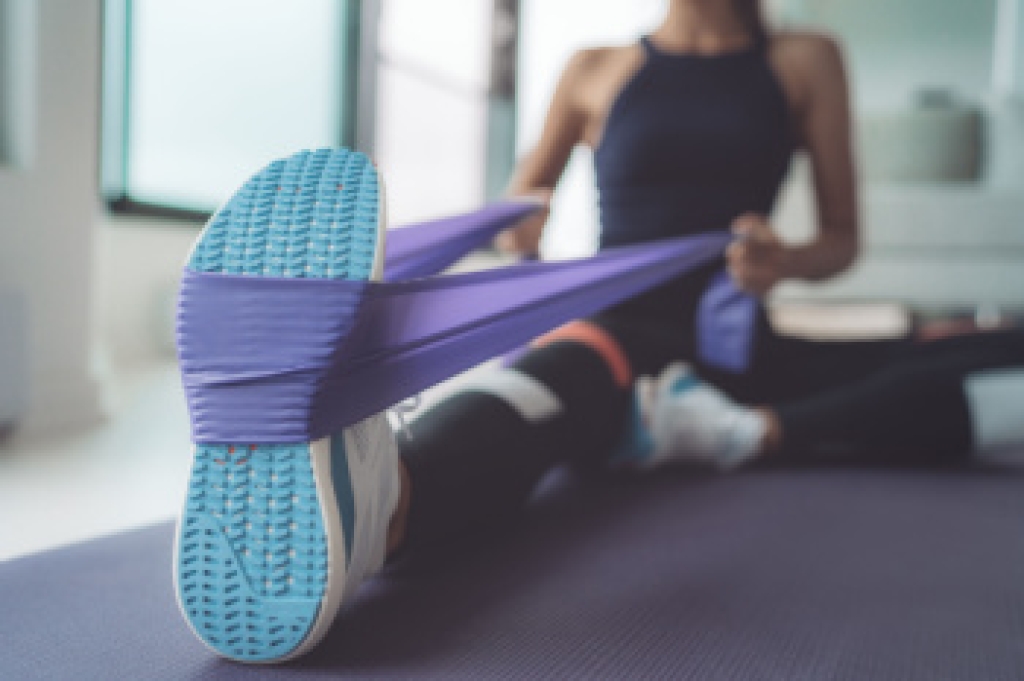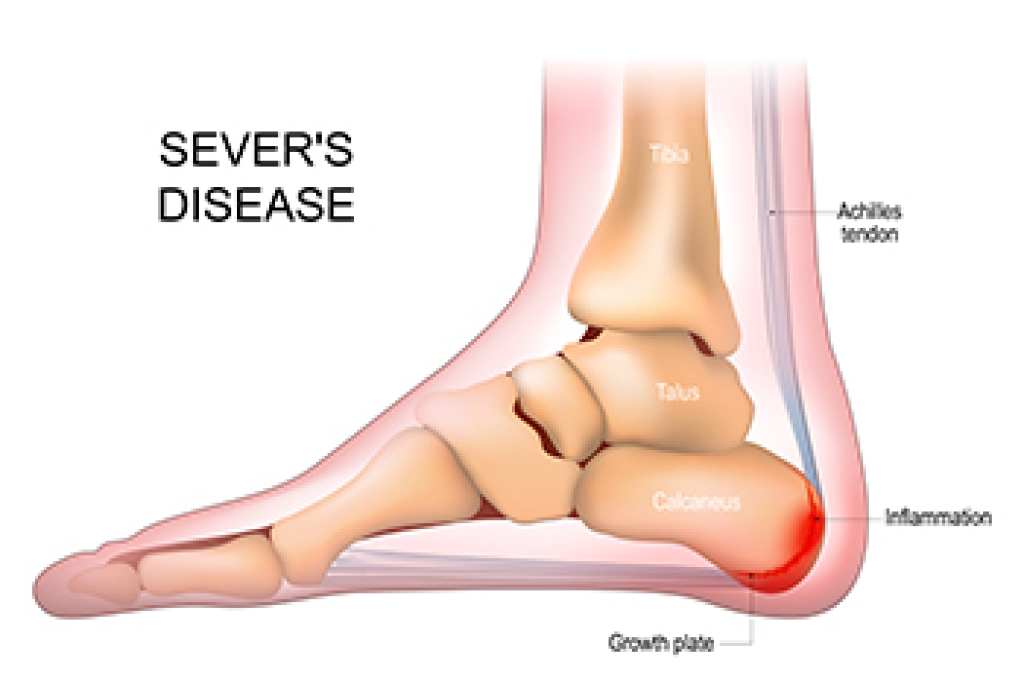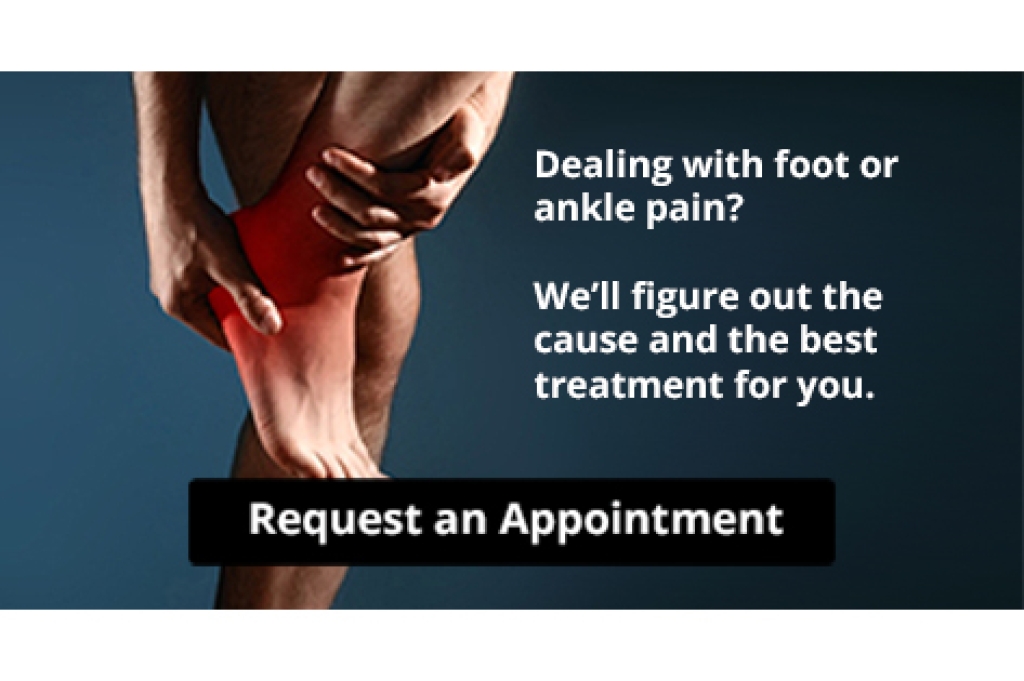Connect With Us
Blog
Blog
Protecting Feet From Diabetic Ulcers and Promoting Healing

Diabetic foot ulcers are open sores or wounds that can develop on the feet of diabetics due to poor circulation, neuropathy, or prolonged pressure. They may look like red, inflamed areas with possible drainage or a foul odor, and the surrounding skin can appear thickened or callused. Many patients do not initially feel pain because nerve damage reduces sensation, making early detection challenging. Diabetic foot ulcers affect approximately 15 percent of people with diabetes during their lifetime and are a leading cause of lower limb loss, if not properly managed. A podiatrist can help by thoroughly examining the foot, assessing circulation and nerve function, and determining the severity of the wound. Treatment may include debridement, specialized dressings, offloading pressure with orthotics or footwear, infection management, and guidance on daily foot care. Prompt professional care supports faster healing, prevents infection, and reduces the risk of serious complications. If you notice a non-healing wound or unusual changes on your feet, it is suggested that you make an appointment with a podiatrist.
Wound care is an important part in dealing with diabetes. If you have diabetes and a foot wound or would like more information about wound care for diabetics, consult with Michael Schwartzman, DPM from Illinois and Indiana . Our doctor will assess your condition and provide you with quality foot and ankle treatment.
What Is Wound Care?
Wound care is the practice of taking proper care of a wound. This can range from the smallest to the largest of wounds. While everyone can benefit from proper wound care, it is much more important for diabetics. Diabetics often suffer from poor blood circulation which causes wounds to heal much slower than they would in a non-diabetic.
What Is the Importance of Wound Care?
While it may not seem apparent with small ulcers on the foot, for diabetics, any size ulcer can become infected. Diabetics often also suffer from neuropathy, or nerve loss. This means they might not even feel when they have an ulcer on their foot. If the wound becomes severely infected, amputation may be necessary. Therefore, it is of the upmost importance to properly care for any and all foot wounds.
How to Care for Wounds
The best way to care for foot wounds is to prevent them. For diabetics, this means daily inspections of the feet for any signs of abnormalities or ulcers. It is also recommended to see a podiatrist several times a year for a foot inspection. If you do have an ulcer, run the wound under water to clear dirt from the wound; then apply antibiotic ointment to the wound and cover with a bandage. Bandages should be changed daily and keeping pressure off the wound is smart. It is advised to see a podiatrist, who can keep an eye on it.
If you have any questions please contact our offices located in West Chicago, IL and Whiting, IN . We offer the newest diagnostic and treatment technologies for all your foot and ankle needs.
Using Resistance Band Exercises for the Feet

Resistance bands are elastic tools that can be used to strengthen the muscles of the feet and ankles. These bands come in varying levels of resistance, allowing for gradual strengthening of the smaller stabilizing muscles that support balance, arch structure, and gait control. Exercises using resistance bands, such as foot flexes, toe curls, and ankle rotations, help improve flexibility, coordination, and joint stability. They are also useful for those recovering from foot injuries or seeking to prevent strain from repetitive movements. By maintaining proper form during each exercise, the muscles of the feet can become stronger, which supports better movement and reduces the risk of overuse injuries. A podiatrist can assess foot mechanics, identify muscle weakness, and recommend the most effective exercises for specific needs. For guidance on resistance band exercises for the feet, it is suggested that you make an appointment with a podiatrist for a diagnosis and treatment.
Exercising your feet regularly with the proper foot wear is a great way to prevent injuries and build strength. If you have any concerns about your feet, contact Michael Schwartzman, DPM from Illinois and Indiana . Our doctor can provide the care you need to keep you pain-free and on your feet.
Exercise for Your Feet
Exercise for your feet can help you gain strength, mobility and flexibility in your feet. They say that strengthening your feet can be just as rewarding as strengthening another part of the body. Your feet are very important, and we often forget about them in our daily tasks. But it is because of our feet that are we able to get going and do what we need to. For those of us fortunate enough to not have any foot problems, it is an important gesture to take care of them to ensure good health in the long run.
Some foot health exercises can include ankle pumps, tip-toeing, toe rises, lifting off the floor doing reps and sets, and flexing the toes. It is best to speak with Our doctor to determine an appropriate regimen for your needs. Everyone’s needs and bodies are different, and the activities required to maintain strength in the feet vary from individual to individual.
Once you get into a routine of doing regular exercise, you may notice a difference in your feet and how strong they may become.
If you have any questions, please feel free to contact our offices located in West Chicago, IL and Whiting, IN . We offer the newest diagnostic and treatment technologies for all your foot care needs.
Risk Factors for Sever’s Disease

Sever’s disease is a common heel condition that affects children during growth spurts when the heel bone develops faster than the surrounding tissues. This imbalance leads to irritation at the growth plate and causes noticeable discomfort during activity. Risk factors include high-impact sports, tight calf muscles, wearing improper footwear, and having flat feet or high arches. Symptoms often begin with heel pain, tenderness, swelling, and limping after play. A podiatrist can diagnose the condition through a detailed exam and recommend conservative treatments such as stretching, footwear guidance, and activity changes to reduce strain on the heel. Early care prevents prolonged discomfort and supports healthy development. If your active child has consistent heel pain, it is suggested that you contact a podiatrist who can offer effective relief tips, ensuring your child can safely return to sporting activities.
Sever's disease often occurs in children and teens. If your child is experiencing foot or ankle pain, see Michael Schwartzman, DPM from Illinois and Indiana . Our doctor can treat your child’s foot and ankle needs.
Sever’s Disease
Sever’s disease is also known as calcaneal apophysitis, which is a medical condition that causes heel pain I none or both feet. The disease is known to affect children between the ages of 8 and 14.
Sever’s disease occurs when part of the child’s heel known as the growth plate (calcaneal epiphysis) is attached to the Achilles tendon. This area can suffer injury when the muscles and tendons of the growing foot do not keep pace with bone growth. Therefore, the constant pain which one experiences at the back of the heel will make the child unable to put any weight on the heel. The child is then forced to walk on their toes.
Symptoms
Acute pain – Pain associated with Sever’s disease is usually felt in the heel when the child engages in physical activity such as walking, jumping and or running.
Highly active – Children who are very active are among the most susceptible in experiencing Sever’s disease, because of the stress and tension placed on their feet.
If you have any questions, please feel free to contact our offices located in West Chicago, IL and Whiting, IN . We offer the newest diagnostic and treatment technologies for all your foot care needs.
Proper Footwear Matters in Food Service Jobs

Working in food service often requires standing and walking on hard floors for long hours, which can strain the feet and ankles. Without proper footwear, this constant pressure can lead to heel pain, arch discomfort, and inflammation of the plantar fascia, the ligament that supports the foot’s arch. Shoes designed for food service should have firm midsoles, closed toes and heels, and slip-resistant soles to help prevent falls on slick surfaces. Footwear with poor structure or loose straps can cause instability and increase the risk of injury. A podiatrist can evaluate foot mechanics, check for pressure points, and prescribe custom insoles to improve alignment, cushioning, and overall comfort during long shifts. Properly fitted shoes and supportive insoles can make a significant difference in reducing foot fatigue and preventing long-term problems. If you have foot pain from standing at work, it is suggested that you make an appointment with a podiatrist for a diagnosis and treatment options.
While working on the feet, it is important to take the proper care of them. For more information about working on your feet, contact Michael Schwartzman, DPM from Illinois and Indiana . Our doctor will treat your foot and ankle needs.
Working on Your Feet
Standing on your feet for long periods of time can cause stress and pain in your feet. Your whole body may experience change in terms of posture, back pain, bunions, callouses and or plantar warts. There are ways to avoid these conditions with proper foot care, smart choices and correct posture.
Positive Changes
Negative heeled shoe – Choosing this shoe type places the heel slightly lower than the ball of the foot. These are great for overall foot health. Find shoes that fit you correctly.
Go barefoot – Our feet were not designed to be enclosed for all hours of the day. Try to periodically expose your feet to air.
Eliminate Pain
Foot Exercises – Performing simple exercises, incorporating yoga and doing stretches are beneficial. This will allow increased blood flow to the area and muscles of the foot.
Achilles tendon – Stretching the foot out flat on the floor will relax the calf muscles and tendon. These exercises can be performed almost anywhere. Make sure you add these exercises to your daily regimen.
With a little bit of this information and knowing more about foot health, you will notice changes. Foot stretches and proper footwear will help with pain and prevent further issues.
If you have any questions please contact our offices located in West Chicago, IL and Whiting, IN . We offer the newest diagnostic and treatment technologies for all your foot and ankle needs.
Blog Archives
- 2025
- 2024
- 2023

